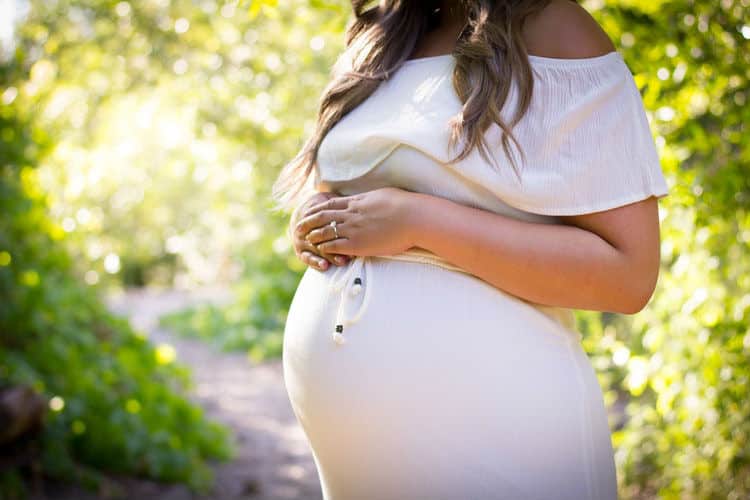Did you read the previous part about Pregnancy Acne and the Formation of Cysts?
Definition and explanation of why:
On western countries, about 10-30% of people get tattooed, and this number is increasing. There are many things involved in getting tattooed, which can be a symbolic drawing or permanent make-up. The decision to get a tattoo shouldn’t be taken lightly because it usually is permanent. By definition, a tattoo consists of mixing a colourant with ink (exogenous pigment) to then introduce it into the skin’s dermis to produce a permanent drawing.
- Inspection agencies (Food and Drug Administration, Health Canada) do not set control parameters for the ink and pigments used for tattoos as they are considered esthetic, not medical.
Les hautes instances de surveillance des produits dangereux en santé (Food and Drug Administration, Santé Canada) ne donnent pas de barèmes de contrôle pour l’encre et les pigments utilisés pour les tatouages, puisqu’ils sont considérés esthétiques et non médicaux.
 There are no standards to be respected, which means you can’t know the exact composition of the ink. The only two contraindications for tattoos found in the literature and pregnancy and breastfeeding. In most inks used for tattoos, chemical products or heavy metals are present, which can be toxic for the baby. So you should avoid them.
There are no standards to be respected, which means you can’t know the exact composition of the ink. The only two contraindications for tattoos found in the literature and pregnancy and breastfeeding. In most inks used for tattoos, chemical products or heavy metals are present, which can be toxic for the baby. So you should avoid them.
- There is always an infection risk when you pierce the cutaneous barrier. About 1-5% of patients that get tattooed have a bacterial superinfection, usually caused by the skin’s healthy bacteria.
- Since a pregnant woman’s immune system is weaker towards the end of pregnancy, an infection may be difficult to control.
- There is also a risk of severe viral infection transmissions, such as hepatitis B, C and HIV.
- Since a pregnant woman has lower blood pressure, she is more at risk of hypotension when standing (orthostatic) which can lead to fainting.
- Getting a tattoo is a stress for the body, which could lead to premature contractions and labour.
- Pregnant women gain weight over nine months, and this stretches the skin and causes the appearance of stretch marks, which can distort or change the appearance tattoos already present.
- Tattoos on the lower back can be problematic when introducing an epidural because the effects of colour pigments and possible contaminants are unknown.
Recommendations for tattoos during pregnancy:
- Tattoos should be avoided during pregnancy
- Current literature does not indicate additional risks for the baby with mothers who already have tattoos. But there are many unknowns about pregnant women and tattoos. Studies need to be completed to establish specific guidelines.
- Tattoos can change during pregnancy, but usually, return to their original state over time after childbirth
- You should avoid having tattoos removed during pregnancy and when breastfeeding
Recommendations for tattoos after pregnancy:
- Tattoos should be avoided during breastfeeding
- Tattoos should return to their original state over time after childbirth
Continue reading with Stretch Marks During Pregnancy.
Photo source: Unsplash


